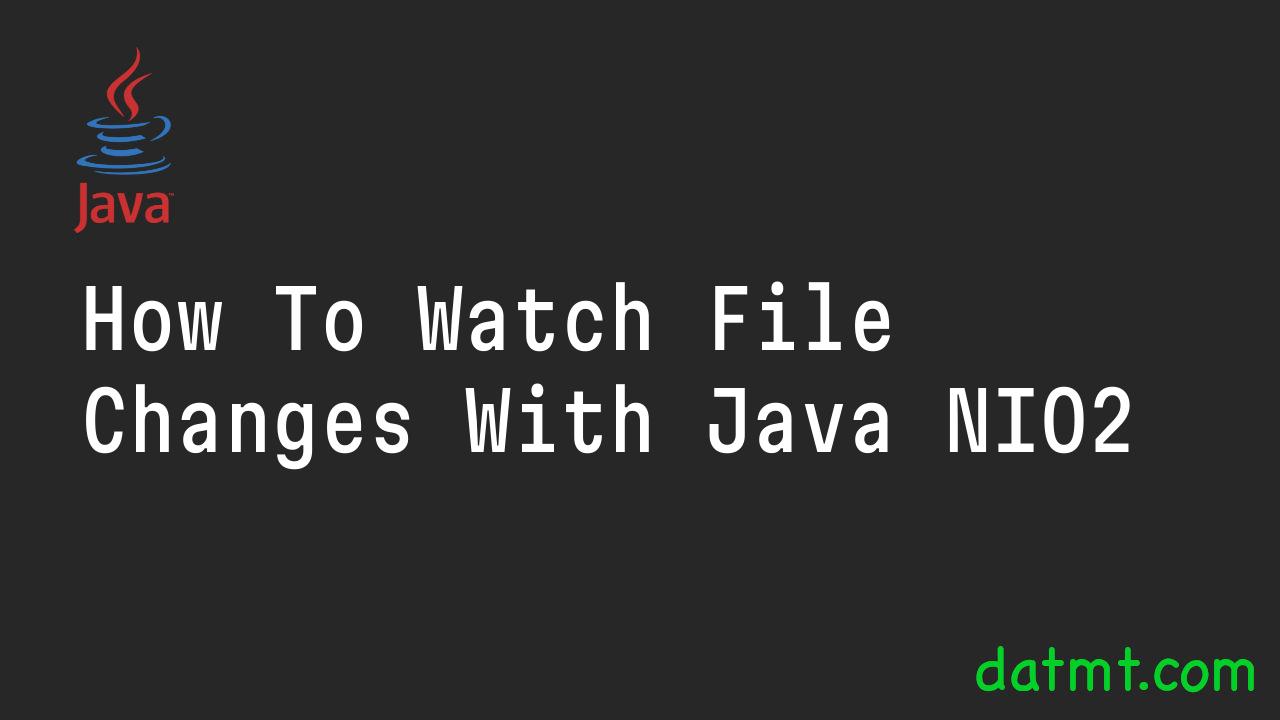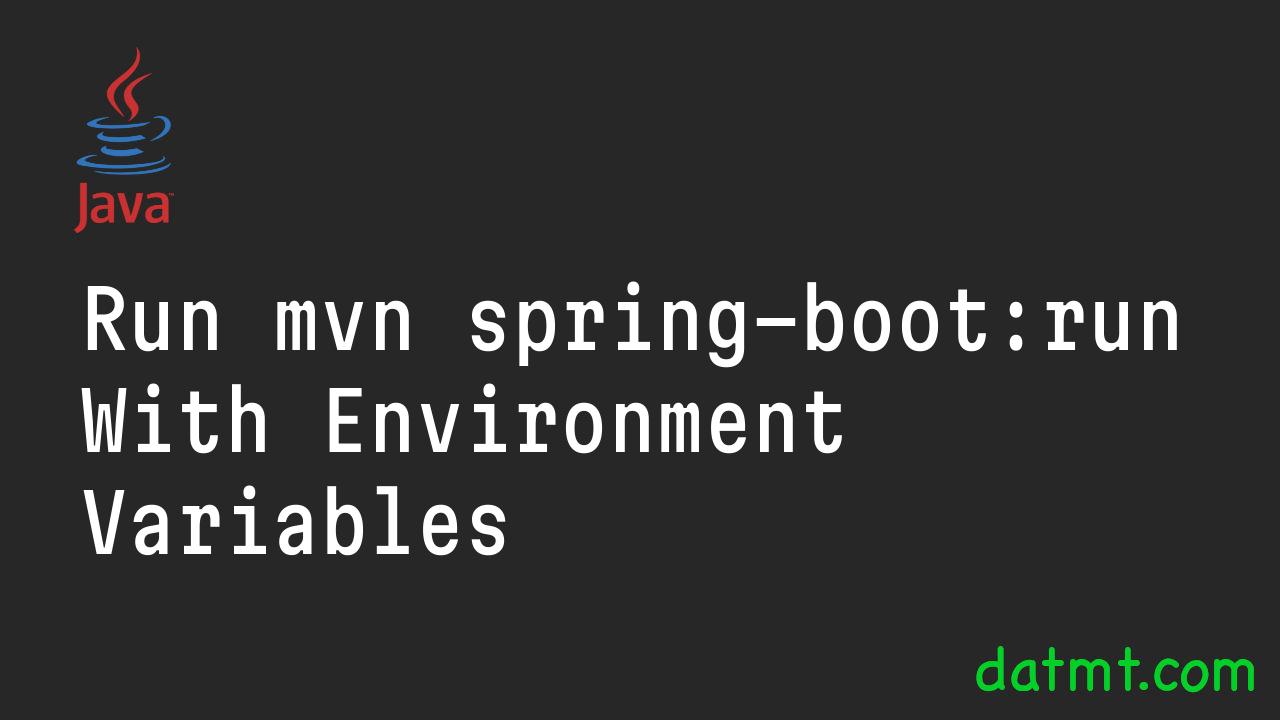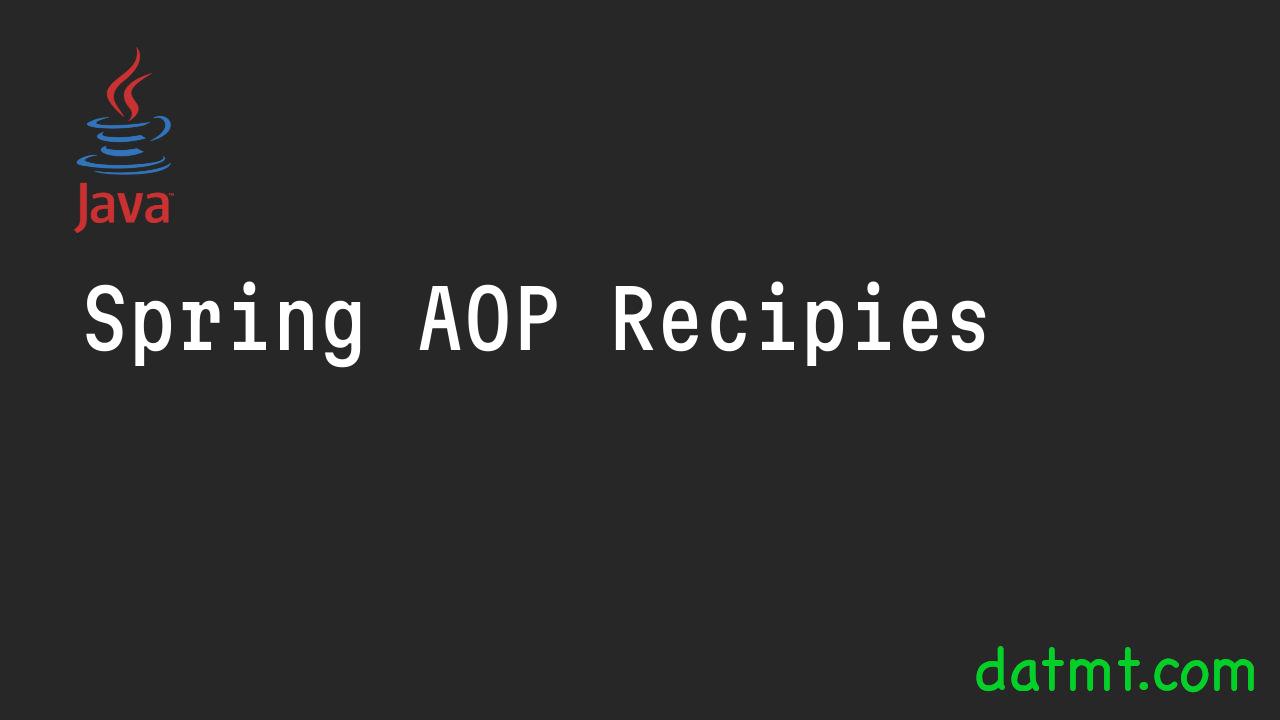Logging Fundamentals in Spring Boot
Introduction Logging is an essential aspect of software development, providing insights into what’s happening inside an application running in development or production. Effective logging practices help developers diagnose issues, understand application behavior, and improve performance. Spring Boot simplifies the logging process, allowing developers to focus more on building features rather than configuring logging infrastructure. This … Read more





